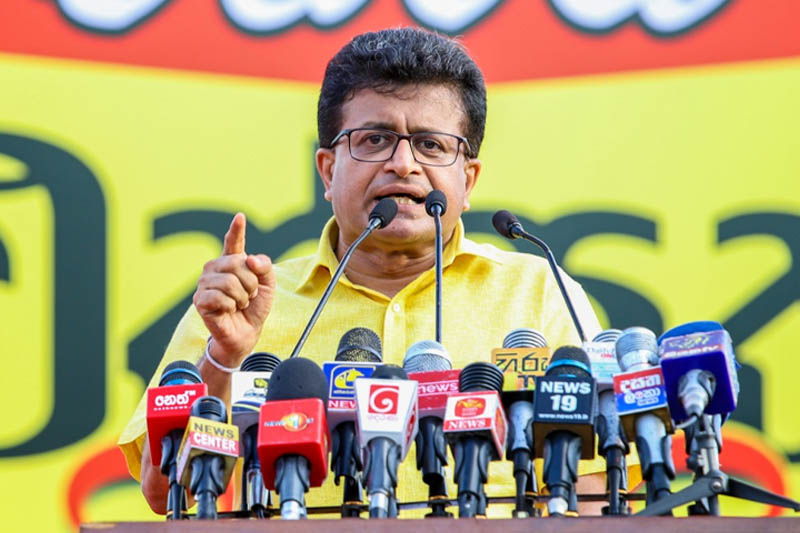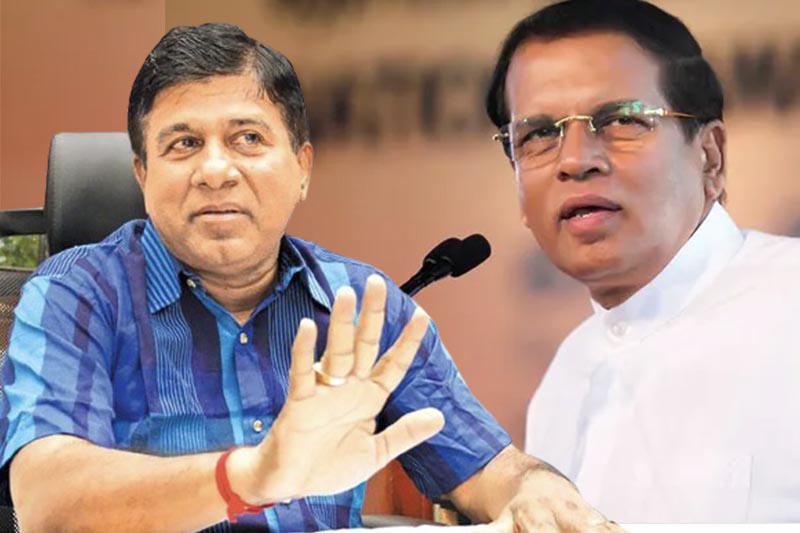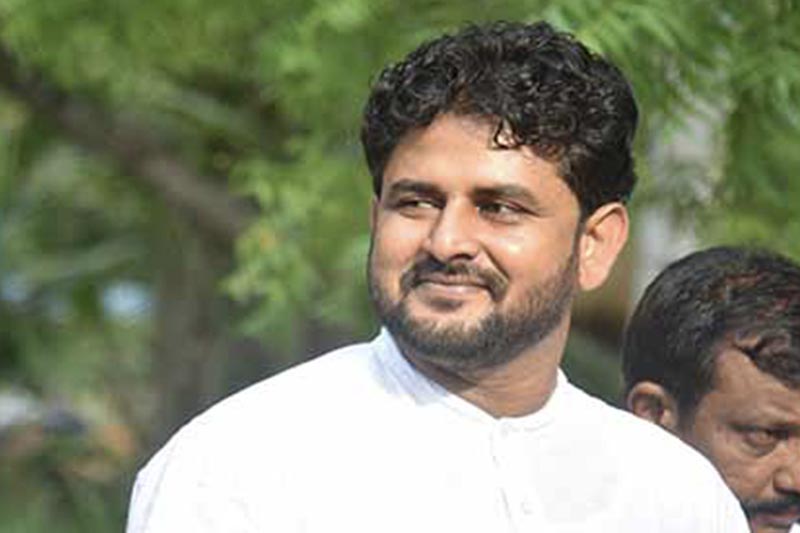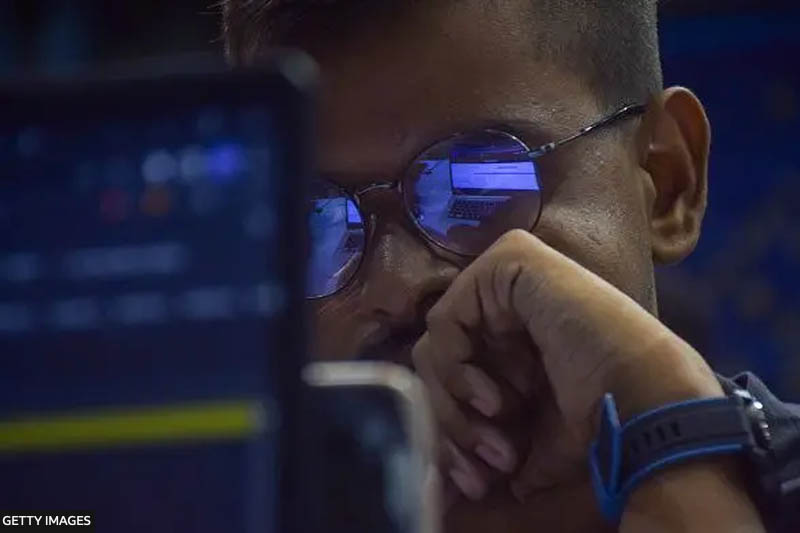Dr. Nagalingam Ethirveerasingam, who won the first gold medal in any sport for Ceylon at the 1958 Asian Games in Tokyo, has passed away in Los Angeles, USA. He was 89 years old.
Mr. Ethirveerasingam (Ethir) was born in 1934 in a one-room hut with a palmyrah palm leaf roof and a mud floor in Periyavillan, a small village on the Jaffna Peninsula. He taught himself to high jump in his backyard by analysing pictures in an athletics book he had won as a prize after one of his first meets at Jaffna Central College.
He made a silent promise to himself that he would make it to the Olympics after watching a newsreel of the 1948 Olympic Games at a theatre in Jaffna Town. Four years later, at the age of 17, he competed at the 1952 Olympic Games in Helsinki, Finland.
His athletics journey continued as he went on to compete at the 1956 Melbourne Olympic Games.He won the first Gold Medal in any sport for Ceylon at the 1958 Asian Games in Toyoko, followed by a Silver Medal at the 1962 Asian Games In Jakarta, Indonesia.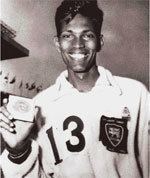
Ethir broke high jump records at every age while at Jaffna Central College, performing strengthening exercises with homemade weights using old bus axles and other bus parts. After winning the National Meet in Colombo in 1951, he finally acquired a specialist athletics coach, P.E. Rajendra, and a workout regime.
He was then selected to be on the team for the 1952 Olympic Games in Helsinki, traveling by ship for over one month to reach Finland. He next participated in the 1954 Asian Games, where he placed fourth despite jumping the same height as the medal winners, setting a new Asian Record that he shared with them.
In 1955 and 1956, Ethir was voted the Ceylon Daily News "Sports Star of the Year." He transferred to St. Joseph's College, Colombo, for his 'A' Levels and to be nearer his coach. In 1956, he was awarded a full athletic scholarship to the University of California, Los Angeles (UCLA). He later earned a Master’s Degree from California Polytechnic University, San Luis Obispo, and a PhD from Cornell University in 1971.
In 1958, despite co-holding the Asian High Jump record, as well as the Ceylon record, he was initially not selected to be on the team for the Asian Games in Tokyo, Japan.
However, due to a series of newspaper articles written by Daily News Sports Editor Carlton Seneviratne, the selection committee relented, allowing Ethir to participate.
But being selected so late, the committee told him he had to find and pay his own way to Tokyo from Los Angeles. A benefactor, Donavan Andre, donated US$ 5,000 for his travel just a few days before the games.
He arrived shortly before the Games began, wearing his UCLA tracksuit with the Ceylon insignia patch pinned on, as he wasn't provided with a uniform by the association.
His fellow teammates then elected him Captain of the team. (YouTube video of Ethir jumping at the Asian Game with his narration).
Ethir not only won the Gold Medal but also set a new Asian and Ceylon record of 6 feet 8 inches (2.03 meters). His Ceylon record lasted until 1989.
Meanwhile, back in Ceylon, the 1958 Anti-Tamil riots were occurring at the same time that he was competing. He was unaware of the events unfolding in his country until he spoke to his brother upon returning to the USA.
History repeated itself in 1960 and 1962. In 1960, despite being the Asian and Ceylon High Jump record holder, and jumping the qualifying height for the Olympics, he was not selected for the Mexico City Olympic Games. Again, in 1962, a campaign was required for his selection, and he won a Silver Medal at the Asian Games in Jakarta.
Ethir was a witness to several pivotal events in the troubled pre-war history of Ceylon/Sri Lanka. In 1956, he was almost killed when he and two friends went to observe the Federal Party's Satyagraha at the Galle Face esplanade against the "Sinhala Only Bill" that was to be introduced in Parliament.
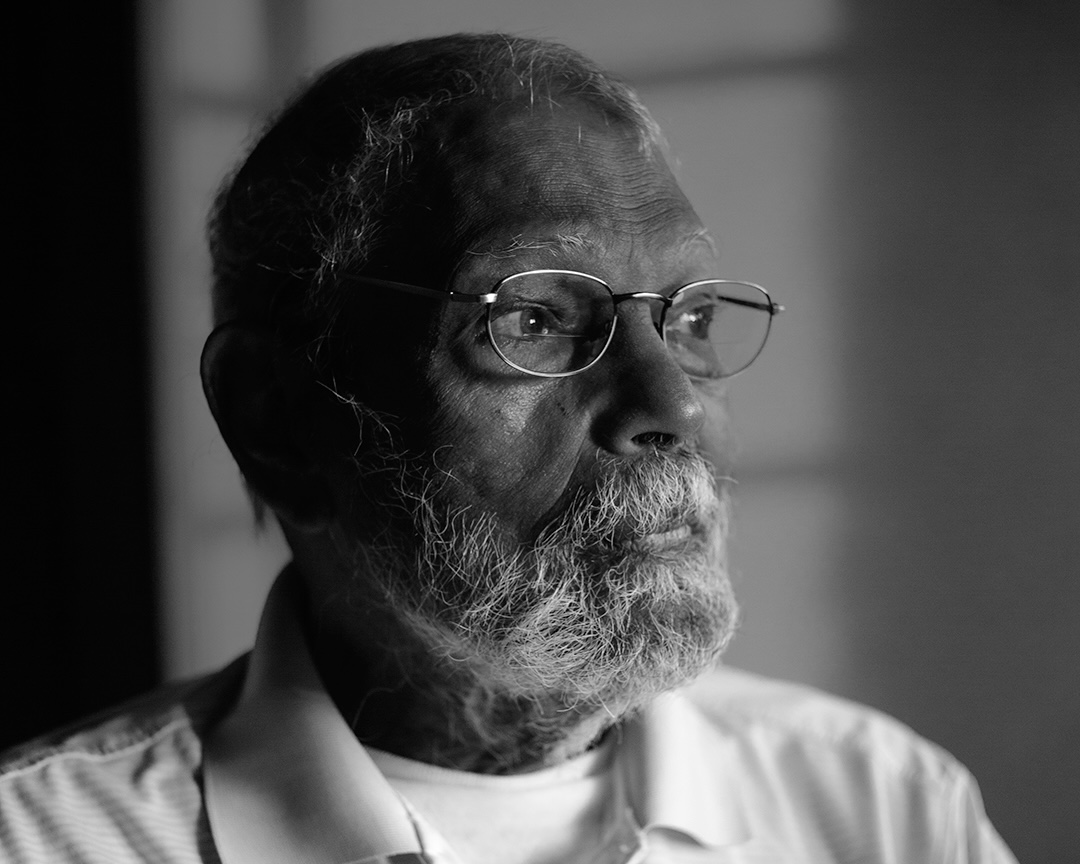
In the attacks against the peaceful protesters that ensued and anti-Tamil riots that spread across the country, Ethir and his two friends were almost killed by rioters. Fortunately, one of the rioters recognised him from the pictures in the newspapers when he won the Ceylon “Sports Star of the Year“ award. This man then took them into a pharmacy and told the pharmacist to let them stay until it was safe.
Another historic event that he witnessed was the 20 February 1961 Satyagraha at the Jaffna Kachcheri by members of the Tamil political parties. This peaceful protest was also met with violence by the state.
After graduating from UCLA with a bachelor’s degree, he returned to Ceylon but struggled to find employment in his field - Agriculture Education. He returned to the United States to earn his Master’s Degree and then attempted to find employment in Ceylon again.
However, like many thousands of Tamils, he was unable to do so and instead accepted an offer to teach in Sierra Leone at the University of Njala. Over his academic career, he worked at Universities in Sierra Leone, Nigeria, and Papua New Guinea. He also worked for UNESCO.
It was in 1965 in Sierra Leone that he met and married the love of his life, Juliet Ann Power. She had joined the US Peace Corps after graduating from university and was also posted to Sierra Leone. They had three children and eight grandchildren and would have celebrated their 58th wedding anniversary in May of this year.
In 1994, after retiring at the age of sixty, Ethir wanted to ‘give back’ to his country and people for all the support he had received during his athletics career. He applied for a position at the University of Jaffna, Kilinochchi Campus (Agriculture) at the height of the war. His application was accepted and despite the dangers due to the ongoing war and severe embargoes on fuel, electricity, medicine, and other essential items to most of Northern Sri Lanka, he returned to his homeland to work in the LTTE-controlled Vanni on a one-year contract.
Rather than working for only one year and returning to the US, he stayed on in the Vanni as an unpaid volunteer after his contract ended, working tirelessly on humanitarian, education, and sports projects to aid civilians impacted by the conflict. He was in Kilinochchi in October 1995 when 500,000 civilians were displaced from the Jaffna Peninsula to the Vanni and other areas. He was part of the team in Kilinochchi that received the Internally Displaced Persons and coordinated their emergency food and shelter.
He felt that all his training and academic career had prepared him for this mission and remained an unpaid volunteer for the rest of his life; living and working in the North & East of Sri Lanka for 6 to 10 months of every year from 1994 until the COVID pandemic in 2020. He relied on benefactors in the Tamil Diaspora and the support of his wife, Juliet, to cover his expenses. His work focused on education, sports, and helping the most marginalised communities. All his life he was a forceful opponent of the caste system.
His last trip to Sri Lanka, whose citizenship he never relinquished despite being eligible for US citizenship, was February to April of 2023 when, at the age of 88 and despite contracting COVID while in Jaffna, he gave workshops in Jaffna and Kilinochchi for athletics coaches and athletes on coaching methods and talent recognition.
During the years from 1994 until the end of the war, Ethir worked tirelessly for peace and a negotiated end to the war. He traveled the world, meeting with governments, political leaders, human rights groups, and the Tamil Diaspora to advocate for civilians affected by the war, and later, the 2004 Tsunami. Some of the most important work was what he accomplished after the end of the war in 2009.
His sporting achievements and fame ensured that he had access to and was well respected by all sides in the conflict. As a result, he was able to meet with and act as a conduit for unofficial messages between the warring parties aimed at creating the conditions for peace talks. The Harvard Initiative in 1997 was one of these efforts, which like countless others unfortunately failed.
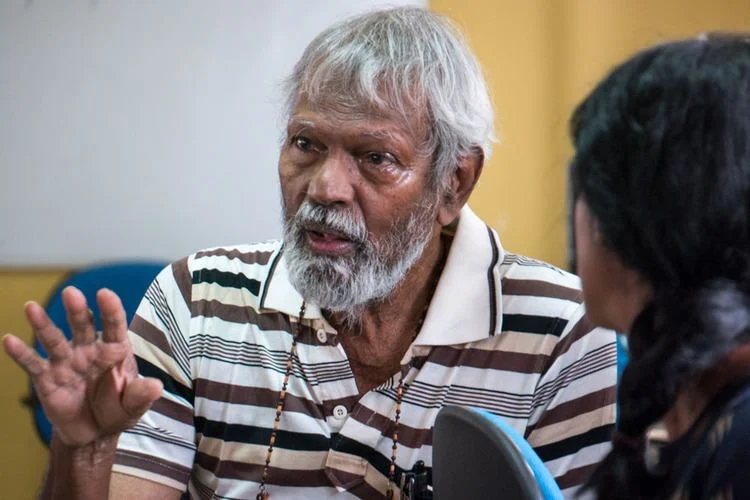
He directly impacted thousands of people through humanitarian and development projects in education and sports for war and tsunami-affected persons, inspiring others to live selflessly and work for the betterment of society. These projects and initiatives spanned various sectors and included the differently-abled for whom he was a lifelong advocate.
Notably, after the war ended he co-conceived the SERVE Institute, which made educational videos that were distributed to schools throughout the North and East.
Due to the lack of qualified teachers in some of the remote areas of the North and East most severely affected by the war, especially the areas inhabited by marginalised persons due to their caste.
The Institute made videos in Tamil of expert teachers teaching lessons in Mathematics, Chemistry, Physics, and other subjects and distributed these to schools throughout the North and East. They were a valuable resource for students when the COVID pandemic made attending school impossible.
Ethir was also the force behind the groundbreaking study of the Northern education system in 2014 that consulted thousands of parents, educators, community leaders, and administrative staff.
The resulting Northern Education System Review (NERS) made wide-ranging, revolutionary recommendations to improve the education system. Many of these recommendations were incorporated by the Northern Province Ministry of Education.
The National Ministry of Education in Colombo was also impressed and incorporated some of the recommendations and conducted similar studies in other parts of the country.
Ethir believed in helping people no matter their ethnicity, religion, or linguistic background. In his travels and coaching throughout Sri Lanka, he identified athletes who he thought could compete at an international level.
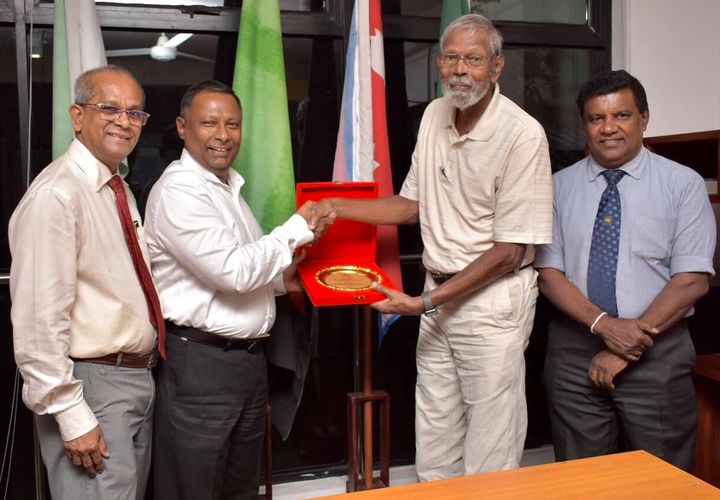
The President of the National Olympic Committee of Sri Lanka conferring a plaque to Dr. Nagalingam Ethirveerasingam.
The first of these was Manjula Kumara Wijesekara, who would go on to be the Sri Lankan record holder in High Jump. Manjula could only speak a little English and Ethir almost no Sinhalese when Ethir invited him to the US to live with his family in Los Angeles. Manjula lived with Ethir’s family for a year during which Ethir coached him and he took intensive English classes. He eventually earned a full scholarship to the University of Southern California (USC).
Ethir did the same with current Sri Lankan high jump record holder Ushan Thiwanka Perera, and high jumpers Nalin Priyadarshana, and Purnima Gunarathna who all stayed at his home in LA while he coached them and assisted them in their quest to receive scholarships to US universities.
Sri Lankan Olympic Silver medalist Susanthika Jayasinghe also stayed at his home and was coached by him for three months in 2007 when she made her ‘comeback’ to athletics. She won the Bronze medal at the World Championships in Osaka, Japan that year. Both Susanthika and Manjula helped in post-war coaching clinics that Ethir conducted in Northern Sri Lanka.
In 1998, Sri Lankan President Chandrika Kumaratunga Bandaranaike offered him the honorific ‘Deshabandu,’ which he respectfully declined, stating in his letter to her, “I cannot in good conscience accept such a title when my people are suffering and the war is continuing.”













